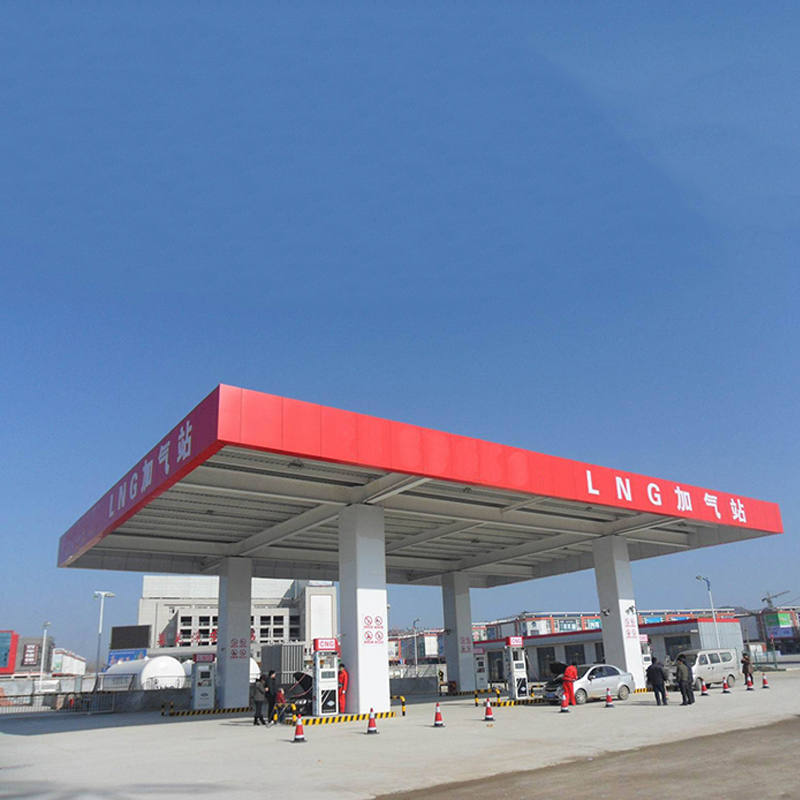
7 月 . 28, 2024 23:56
Back to list
Understanding the Functionality and Benefits of Electric Auxiliary Heating Systems in Modern Vehicles
Understanding Electric Auxiliary Heaters A Comprehensive Overview
Electric auxiliary heaters play a vital role in modern heating systems, especially in vehicles and buildings where efficient climate control is essential. As temperatures drop, these heaters provide a supplementary source of warmth, ensuring comfort and energy efficiency. This article delves into the functionality, applications, and benefits of electric auxiliary heaters.
What Are Electric Auxiliary Heaters?
Electric auxiliary heaters are devices designed to provide additional heat to a primary heating system. They are often found in electric or hybrid vehicles, where they maintain cabin temperature without relying solely on the engine. In buildings, these heaters frequently serve as a supplemental heat source during extremely cold weather, ensuring that the primary heating system can run smoothly without overworking.
These heaters typically leverage electric resistance heating, meaning they convert electrical energy into heat. When activated, they help raise the temperature in a space quickly and effectively, providing immediate comfort when it's needed most. Their compact design allows them to be installed in various locations, making them versatile for different applications.
Applications of Electric Auxiliary Heaters
1. In Vehicles Electric auxiliary heaters are increasingly common in electric and hybrid vehicles. Unlike conventional internal combustion engines that produce waste heat during operation, electric drivetrains often lack sufficient residual heat during colder months. An auxiliary heater can instantly provide warmth to the cabin, enhancing passenger comfort while preventing battery drain.
2. In Residential Heating In homes, electric auxiliary heaters are often used in tandem with heat pumps or central heating systems. When outside temperatures plummet, heat pumps can struggle to extract heat from the air effectively. An auxiliary heater ensures that adequate warmth is distributed indoors, maintaining a comfortable living environment without putting too much strain on the main heating system.
electric auxiliary heater

3. In Commercial Applications Businesses also benefit from electric auxiliary heaters. In large spaces like warehouses or retail stores, these heaters add a layer of temperature control that can fend off the chill during winter months, ensuring employees and customers remain comfortable.
Benefits of Electric Auxiliary Heaters
One of the main advantages of electric auxiliary heaters is their efficiency. They provide quick and efficient heating, making them ideal for rapid temperature adjustments. When the demand for warmth is immediate, these heaters outperform many conventional systems that may take longer to deliver heat.
Moreover, electric auxiliary heaters are generally easy to install and operate. Their straightforward design means that users do not require advanced technical knowledge to maintain them. Additionally, many modern systems come equipped with smart features, allowing homeowners and vehicle operators to control the heating remotely via smartphone applications.
Another significant benefit is their environmental impact. As electric vehicles become more common, the reliance on electric heating solutions supports renewable energy sources. By using electricity from sustainable sources, we can reduce carbon footprints and transition toward greener technologies.
Conclusion
Electric auxiliary heaters represent an essential innovation in both personal transportation and residential heating. Their ability to provide immediate warmth in cold conditions makes them indispensable in today's climate, where comfort and efficiency are paramount. With the transition toward electrification and sustainable energy use, understanding and utilizing electric auxiliary heaters will become increasingly vital for both consumers and industries alike. Embracing this technology not only enhances comfort but also contributes to a more sustainable future.
Latest news
-
Unlocking The Quality Gas Pressure ReducersNewsNov.01,2024
-
The Role of Gas Pressure Reducing StationsNewsNov.01,2024
-
The Importance and Functionality of Safety Relief ValvesNewsNov.01,2024
-
The Essential Role of Safety Valves in Natural Gas ApplicationsNewsNov.01,2024
-
The Essential Role of Gas Pressure RegulatorsNewsNov.01,2024
-
Enhance Your Premium Gas FiltersNewsNov.01,2024

